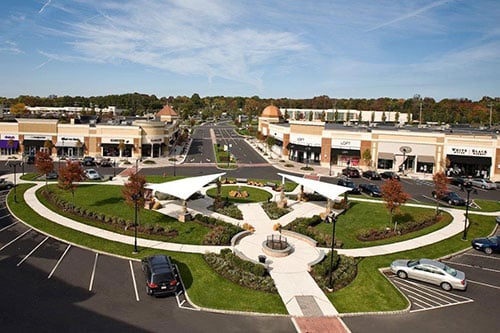[IMGCAP(1)]
BLUE SPRINGS, MO—A rational approach to growth. That's how Kimberly Begley, Xceligent's regional director of analytics, describes the current Ohio industrial gains. This is especially true of Cincinnati and Columbus, sisters in many ways in terms of size, and, in that similarity, worthy of side-by-side comparison.
“We're seeing some very wise decisions in terms of the advancing market, both in investments and construction,” she says. “The way I interpret the data is that both markets are gradually working their way back. Sometimes growth too fast too soon is not a good thing. Both markets have been pretty solid and weathered well the national economic issues that we faced in comparison to other areas.”
The two markets are indeed fairly similar. Xceligent tracks a little more than 240 million square feet in Columbus and just north of 255 million in Cincinnati. (Although there is a differential in asset count, with the firm tracking 2652 properties in Columbus and 3657 in Cincinnati.)
But when we compare stats such as absorption, the two markets begin to differ. While Cincinnati posted a net absorption of 940,000 feet in Q3, Columbus took a hit of 469,000. But this is due less to market conditions and even less to the nature of post-recessionary catch-up ball as much as it is to the changing nature of retail.
[IMGCAP(2)]
“A major component driving the negative absorption in Columbus is Sears downsizing,” says Begley, who reports the troubled retailer has over the past few months released a number of spaces, including the most recent, 358,760 square feet at 5765 Green Pointe Dr.
As a result, while the Cincinnati vacancy rate remained stagnant quarter-over-quarter at 5%, it fared better than its sister city, which sustained a vacancy-rate hike from 6.28% to 7.02%. Rents remained steady there at just north of $3 triple net, really not much worse than Cincinnati's $3.68.
Despite the hit Columbus took at the hands of Sears, demand proves Begley's theory of smart growth, and here the two markets start falling once again into alignment. According to Xceligent's Q3 Market Trends reports, more than 1.4 million feet of new construction has delivered so far this year in Cincinnati; in Columbus, it tops 2 million.
And here is where the smart growth Begley refers to comes in. Very little of it is spec. “It's a very controlled environment,” she says, and while there's more spec warehouse going up in Columbus, “it's really just now starting to come back.”
In sales, product is moving. According to the reports, the three top Columbus sales in Q3 were: A truck terminal in the Madison submarket that went for $28 million and two Southeast submarket sales for bulk warehouses, one that went for $18.6 million and another that fetched $16.7 million.
In Cincinnati, the top three were: a manufacturing facility in the Florence/Richwood submarket that moved for $7 million; a light industrial plant in Tri-County that took in $2.8 million; and another manufacturing facility, this one in Woodlawn/Evandale, that sold for nearly $2 million.
[IMGCAP(3)]
The caution that the markets are showing leaves Begley cautious as well. Optimistic, but cautious. “A lot more companies want to expand,” she says, “they're feeling comfortable enough to reinvest in space and grow. That's been missing in the past couple of years.” And as she indicated previously, slow and steady wins the race.
© 2025 ALM Global, LLC, All Rights Reserved. Request academic re-use from www.copyright.com. All other uses, submit a request to [email protected]. For more information visit Asset & Logo Licensing.








